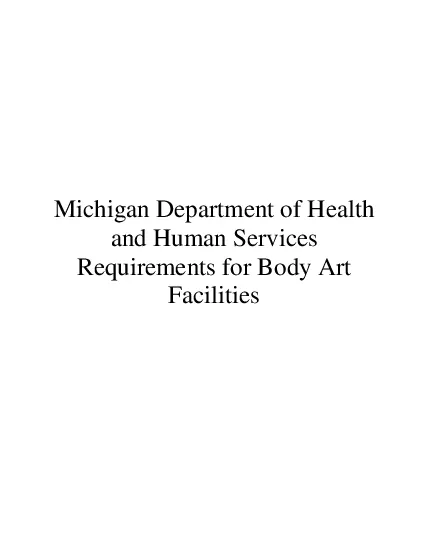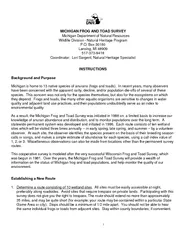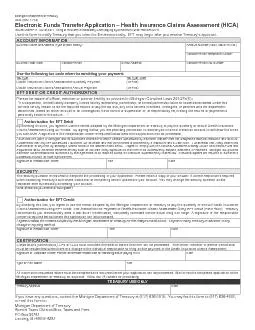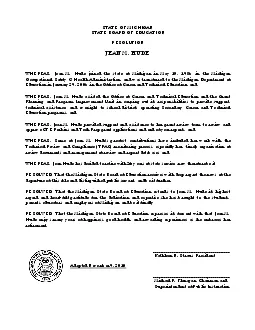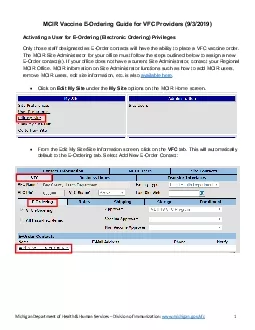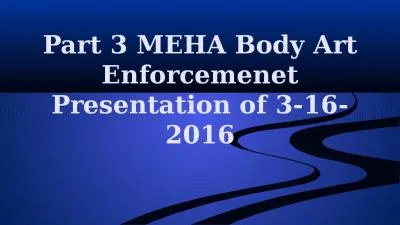PDF-Michigan Department of Health and Human ServicesRequirements for Body
Author : isabella2 | Published Date : 2021-08-09
x0000x0000ii xMCIxD 0 xMCIxD 0 TABLE OF CONTENTSSection OnePurposeScopepgSection TwoAuthoritypgSection ThreeDefinitionspgSection FourBody ArtLicensurepgSection FiveBody
Presentation Embed Code
Download Presentation
Download Presentation The PPT/PDF document "Michigan Department of Health and Human ..." is the property of its rightful owner. Permission is granted to download and print the materials on this website for personal, non-commercial use only, and to display it on your personal computer provided you do not modify the materials and that you retain all copyright notices contained in the materials. By downloading content from our website, you accept the terms of this agreement.
Michigan Department of Health and Human ServicesRequirements for Body: Transcript
Download Rules Of Document
"Michigan Department of Health and Human ServicesRequirements for Body"The content belongs to its owner. You may download and print it for personal use, without modification, and keep all copyright notices. By downloading, you agree to these terms.
Related Documents

